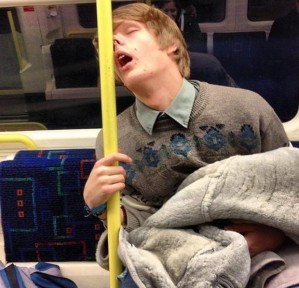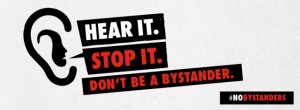In the 21st century in Australia, people can legally be photographed without seeking their permission in public places but permission should be sought before sharing on social media – even though it’s not a legal requirement.
This raises many questions, such as what defines ‘public’ and ‘private’ space? Should we just need to accept that when we step outside our home, anything we do can legally be recorded, photographed and shared?
With the introduction of new technology, I think we need to have another look at our laws and regulations when it comes to our privacy. Although we may be in a public space, is it unethical for people to take photos of us without asking our permission and do what they want with it? I admit that I’ve taken a few ‘sneaky Snapchats’ of stranger’s doing/wearing something unusual, sleeping in a public place, or doing something of comedic value.
There are even Facebook pages, ‘People Sleeping at UOW’, ‘People on Public Transport.’ Although these might be a good laugh, what if it was you in the photo? I for sure wouldn’t be too happy if I was sleeping on a train with my mouth hanging open and someone posted a photo of me for hundreds or thousands of people to see.
 This week during my BCM240 tutorial, instead of hiding behind my iPhone, I tried to confront my public subjects and ask for their permission to use their image. However I couldn’t bring myself to ask for permission. I could easily sit behind my camera and take photos of the world when no one knew I was looking, but once the confrontation was added there was an element of connection and awkwardness I was just not comfortable with. I’ve never alerted the individuals I’ve taken photos of that I was taking a photo of them – except that one time I didn’t turn my flash off; and not even considered how they would feel if they knew I was using them for whatever comedic value I was.
This week during my BCM240 tutorial, instead of hiding behind my iPhone, I tried to confront my public subjects and ask for their permission to use their image. However I couldn’t bring myself to ask for permission. I could easily sit behind my camera and take photos of the world when no one knew I was looking, but once the confrontation was added there was an element of connection and awkwardness I was just not comfortable with. I’ve never alerted the individuals I’ve taken photos of that I was taking a photo of them – except that one time I didn’t turn my flash off; and not even considered how they would feel if they knew I was using them for whatever comedic value I was.
Although sometimes this image/video capture can be useful, when is it that it crosses a line? Many times I have watched videos on Facebook of an incident that has happened in a public place and has been recorded.
A recent example was when a woman on a Newcastle train made a racist attack on other passengers after they wouldn’t give up their seat to her. “Can’t you get an Aussie girlfriend? You had to get a gook.” Onlookers filmed the racist attack, and because of this evidence she was tracked down, apologised, and faced charges.
I personally think that if someone is being unfairly mistreated or discriminated against, then the event should be allowed to be filmed.
However under what circumstances wouldn’t be appropriate? And when does it become unethical to film the event and not intervene.
Thinking of this reminded me of an anti-bullying campaign for Stonewall UK, an organisation whose campaign,”No Bystanders” encourages people take a stand against bullying and abuse. They encourage people to take the pledge, “I will never be a bystander to bullying and teasing language. If I hear it, I will call it out and if I can, I will stop it. By adding my name I promised to stand up for fairness, kindness and never be a bystander.”
But with camera phones this role as a bystander is blurred. Not only are you being a bystander, but you are recording the event to potentially share with other people. If you are aware that someone is in the wrong or doing something to hurt another person, emotionally or physically, is it ethically just to film it and not get involved and stop what is unfolding?
– AAP, 2014, ‘Woman faces charges over racist outburst on NSW train’ The Australian, July 3rd <http://www.theaustralian.com.au/news/nation/woman-faces-charges-over-racist-outburst-on-nsw-train/story-e6frg6nf-1226976514764?nk=ef6e207403a9a54439115812a2179a04>
